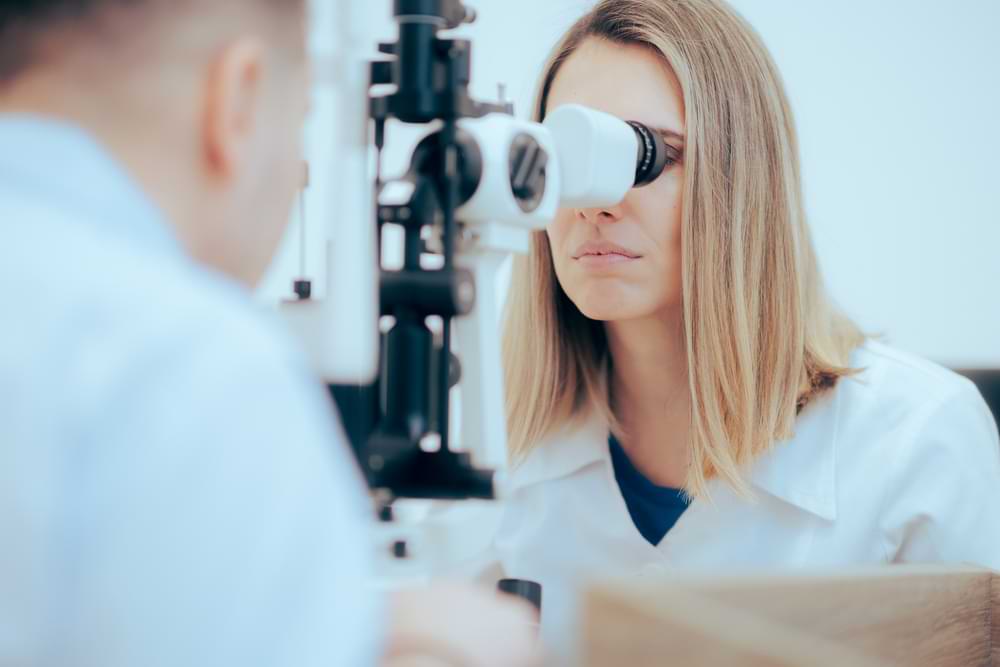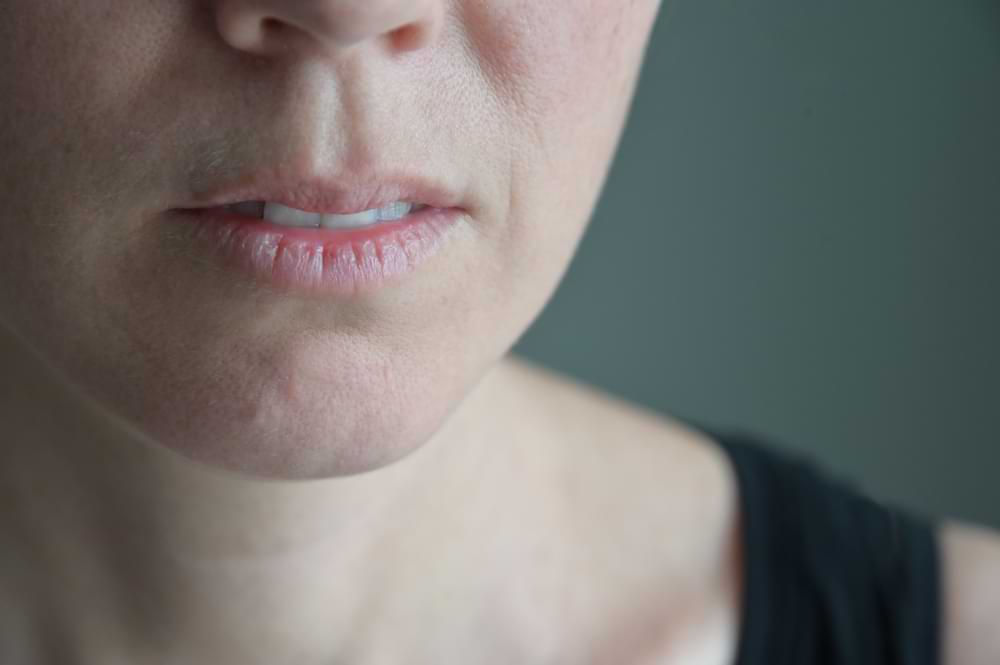Have you ever stopped to think if the glasses your child wears are truly fit-for-purpose?
As Canberra gears up for the new academic year, it’s vital to consider how much a child’s eyewear can influence their learning and social life at school.
You know, it’s quite surprising when you think about it – around 1 in 4 kids, specifically 25.3%, between the ages of 2 and 17 are using glasses or contacts. And as they get older, it seems like more and more youngsters end up needing them.
But, you might wonder if splashing out on quality eyewear for kids is really worth it.
The truth is, the right pair of kids glasses does more than improve vision; they boost confidence, ensure comfort, protect eyesight, and withstand the rough-and-tumble of child’s play.
Poorly fitted or low-quality glasses can be a source of discomfort and might even worsen vision issues, not to mention the hassle of constant replacements. Factors like comfort, durability, and a style that your child loves are all key.
Imagine the smile on your child’s face as they put on their new glasses, seeing the world with newfound clarity. Their eyes light up as they pick out details they might have missed before, and they can’t wait to show off their stylish frames to their friends at school. It’s not just about seeing better; it’s about them stepping out with a new burst of confidence.
I’m Juliet Menakaya, the owner and principal optometrist behind Junic Eye Care. I’m here to help you find the perfect pair of glasses for your offspring that they’ll absolutely love to wear! At our optometry practice we have frames that cater for kids of all ages.
So, are you ready to give your child the gift of clear and comfortable vision for the school year?
Book an appointment with us or read on for more insights on selecting the best glasses for your kiddos.


Proper Vision for School-Aged Children
When we think about setting our kids up for success at school, we often consider their learning environment, teachers, and curriculum. But how often do we think about their vision? It’s a crucial element that directly impacts every part of their school life. From reading a book to playing outside, clear vision is key. It’s not just about being able to see; it’s about how they interact with and interpret the world around them.
In the classroom, our children’s eyes are on a mini-marathon every day. They’re constantly shifting focus from their books or tablets to what’s on the whiteboard. If their vision isn’t sharp, imagine the extra effort they need to keep up. It’s like they’re trying to complete a puzzle with some pieces missing.
But here’s the thing – children’s vision is a journey, not a fixed point. It evolves as they grow. Those first few years are more than just about physical growth; they’re about how their eyes develop too. Initially, a baby’s world is made up of shapes, light, and movements. As they toddle into their school years, their eyesight becomes sharper, allowing them to explore and learn with more clarity. This is when they master vital skills – depth perception for catching a ball, eye-hand coordination for writing, and switching focus from their desk to the whiteboard.
Understanding this journey helps us see why regular eye exams are so vital. Children might not realize or express that they have vision problems. After all, they often believe everyone sees the world as they do. Regular check-ups ensure we’re keeping pace with their changing vision needs, ensuring nothing holds them back from learning and playing to their heart’s content.
As a parent, it’s about paying attention to these changes and ensuring their vision supports their learning and fun. At Junic Eye Care, we focus on holistic development, ensuring each child’s vision is clear, allowing them to engage fully in every aspect of their school life.
Selecting Frames for Comfort and Style
Choosing the right frames for kids means finding the perfect blend of comfort and style. First up, the fit is crucial. Frames should sit comfortably on the nose without pinching and stay in place behind the ears. No slipping down or tight squeezing!
Material is another key factor. We opt for durable, lightweight materials that can handle the playground and study time. Many frames these days are made from flexible materials that can bend without breaking – perfect for active kids. Also, don’t forget about hypoallergenic properties, especially important for children with sensitive skin.
But let’s be real – if the kids don’t like how the frames look, they won’t wear them. That’s why style matters. It’s essential to involve them in the selection process. Whether they love bold colors, patterns, or something more understated, finding frames that reflect their personality can make all the difference. It’s not just a pair of glasses; it’s a part of their identity.
At Junic Eye Care, we have a range of fun, stylish, and comfortable frames, designed specifically for children. We’re here to help you and your child find that perfect pair that ticks all the boxes – fit, function, and fashion.
There are many motivations to purchase new glasses for your child. A study in 2012 showed the multiple reasons for buying new glasses for primary school age kids (<10 years old) versus teens (14-17 years old).
| Reason | % < 10 years old |
% 14-17 years old |
|---|---|---|
| Prescription change (existing wearer) | 32.9 | 47.0 |
| New prescription (first time wearer) | 30.9 | 20.9 |
| Previous pair was damaged | 22.5 | 24.4 |
| Lost previous pair | 7.6 | 6.1 |
| Wanted a spare pair | 5.3 | 7.5 |
| Did not like style/look | 4.8 | 7.3 |
| Wanted to use insurance | 2.0 | 3.8 |
| Other/don’t know | 10.4 | 7.5 |
From: “Reason of purchasing eyeglasses for children in the U.S. 2012”
The Durability Factor: Choosing Kids Glasses That Last
As parents, we all know that children’s activities are as varied as their imaginations, so their glasses need to be up for the challenge. This is where the choice of materials becomes critical, especially when selecting lenses and frames that can keep up with the energetic lifestyle of a child.
Polycarbonate lenses are often the go-to choice for children’s glasses. Why? Because they’re perfect for the rough and tumble of childhood. These lenses are impact-resistant, meaning they’re less likely to break or crack during sports, playground adventures, or those inevitable oops moments. Besides being tough, polycarbonate lenses are lighter than standard plastic lenses, making them more comfortable for all-day wear. Plus, they come with built-in UV protection, keeping those little eyes safe from harmful sun rays.
Now, let’s talk frames. We need something that bends but doesn’t break. Thankfully, advances in eyewear technology have given us just that – flexible frame materials. These materials, like certain types of plastic and metal alloys, are designed to withstand bending and twisting without snapping. Think about frames that can twist in a backpack or bend during a game of tag without giving in to the pressure. That’s the kind of resilience we’re looking for.
But durability doesn’t mean sacrificing style. Modern materials mean you can have frames that are both sturdy and stylish. They come in a variety of colors and designs, so your child doesn’t have to compromise on looking cool while staying active.
At Junic Eye Care, we understand the importance of durable eyewear for children. We stock a range of glasses that are both kid-tough and kid-approved, ensuring they last longer while keeping your child in clear, comfortable vision.
Special Features in Children’s Glasses
Choosing the right glasses for active kids goes beyond just selecting durable materials. It’s about finding those little design features that make a big difference in fit and function. Adjustable temples, for instance, are a godsend. They allow for a customized fit, ensuring the glasses grow with your child and stay snug and comfortable, even as they sprint, jump, and play.
Then there are cable temples – a clever design where the temples curve around the ear. These are especially handy for the little ones, keeping their glasses secure during all sorts of activities. No more glasses sliding off mid-action!
Let’s not forget about nose pads. They might seem small, but they’re mighty in keeping glasses in place. Nose pads help distribute weight evenly across the nose, reducing pressure points and making the glasses more comfortable to wear, which is crucial for kids who are always on the move.
Now, for the young athletes and water enthusiasts, sports glasses and prescription swim goggles are game-changers. Sports glasses are designed to withstand impact, providing extra protection during sports and physical activities. Prescription swim goggles, on the other hand, offer clear vision underwater, making swimming more enjoyable and safe. These specialized glasses often come with additional protective features, like UV protection and anti-fog lenses, enhancing the outdoor experience.
At Junic Eye Care, we understand that every child is unique and their glasses should be too. That’s why we offer a range of glasses with these thoughtful features. Whether it’s for everyday wear, sports, or swimming, we’re here to ensure your child’s glasses fit perfectly into their active lifestyle.
Tips for a Successful Glasses Fitting for Children
When it’s time to choose glasses for your child, there is a lot to consider. Here are some practical tips to ensure you pick the right pair:
- Involve Your Child: Let them have a say in the selection. If they love their glasses, they’re more likely to wear them without fuss. From colors to shapes, find something that aligns with their personality.
- Prioritize Fit Over Fashion: While style is important, the fit is crucial. Glasses should sit comfortably on the nose, not slide down or pinch, and the temples should rest snugly over the ears without pressing too tightly.
- Look for Durable Materials: Kids are active, so their glasses should be able to keep up. Opt for flexible, impact-resistant materials like polycarbonate for lenses and sturdy yet flexible frame materials.
- Think Long-Term Use: Choose glasses that can withstand daily wear and tear. Check the warranty and repair options as well.
- Safety First for Active Kids: If your child is into sports or physical activities, consider sports glasses or prescription goggles that provide extra protection.
- Opt for UV Protection: Protecting your child’s eyes from harmful ultraviolet rays is crucial. Choose glasses with lenses that offer UV protection to safeguard their eyes against the sun’s damaging effects. This feature is essential not just for sunglasses but for regular eyeglasses too, as children spend a significant amount of time outdoors. UV-protective lenses help prevent eye conditions linked to sun exposure, such as cataracts, later in life.
- Regular Check-Ups: Children’s vision can change rapidly. Regular eye exams ensure their prescription is up to date, and their glasses are still suitable for their current needs.
At Junic Eye Care, we’re committed to helping you find the perfect blend of style, comfort, and durability in children’s glasses. Our team is here to guide you through the selection process, ensuring your child leaves with a pair of glasses they love and feel great wearing.
Want to learn more about what to look for when picking out kids glasses? Watch the following video from The Girls With Glasses YouTube Channel.
Hypoallergenic Eyewear Materials
Here are four examples of hypoallergenic materials often used in eyewear, particularly beneficial for individuals with sensitive skin:
- Titanium: This is a popular choice for eyeglass frames due to its strength, lightweight nature, and hypoallergenic properties. It’s highly resistant to corrosion and unlikely to cause skin irritation.
- Stainless Steel: Known for its durability and corrosion resistance, stainless steel is also hypoallergenic. It’s a common choice for eyeglass frames, offering both strength and reduced risk of skin reactions.
- Acetate: A type of plastic known for being hypoallergenic, acetate is often used in eyeglass frames. It’s a popular choice for its wide range of colors and patterns, and it doesn’t contain any harmful chemicals that might irritate the skin.
- Polyamide: This is a type of nylon that’s lightweight, flexible, and hypoallergenic. It’s often used in sports eyewear and children’s glasses due to its durability and comfort.
When choosing glasses, especially for children or individuals with known skin sensitivities, opting for frames made from these hypoallergenic materials can significantly improve comfort and reduce the risk of allergic reactions.
Conclusion
Let’s bring it all together. We’ve explored quite a bit about choosing the right glasses for your kids as they head back to school. It’s a big deal, isn’t it? About one-fourth of kids between 2 and 17 need glasses, and that’s not just about sharper vision – it’s about confidence, comfort, and keeping up with their active days.
Getting this decision right is crucial. Glasses that aren’t up to scratch can be more than just annoying; they can really get in the way of your child’s day-to-day school life. We’re talking about finding glasses that stay put during recess, don’t irritate their skin, and look cool enough for your child to feel great wearing them.
Ignoring these aspects? It might mean glasses that your child reluctantly wears or, even worse, ends up avoiding, which can impact both their learning and playtime. That’s the last thing we want.
Our optical store has a range includes glasses that are durable, comfortable, and stylish – exactly what kids need.
So, as the school year approaches, why not come in for a chat? Let’s get your child set up with glasses that fit just right and can handle everything their day throws at them. We’re here at Junic Eye Care to make sure your child heads back to school not just seeing better, but feeling great about it.
To visit our optometry practice, click the “Book Online” button at the top of the page or call (02) 6152 8585 today.
You’ll find our clinic conveniently located in the Molonglo Health Hub, just a short 10 minute drive from central Canberra, with plenty of free parking when you get here.

CANBERRA OPTOMETRIST
Juliet obtained her Doctor of Optometry degree from the University of Benin, Nigeria in 2006. She completed an internship programme before migrating to Australia, where she completed a master’s degree in public health at the University of Sydney in 2014. Following this, Juliet obtained a Master of Orthoptics from the University of Technology Sydney (UTS) in 2017.
Juliet has completed her competency in optometry examination with OCANZ (Optometry Council of Australia and New Zealand), and obtained her ophthalmic prescribing rights from ACO (Australian College Of Optometry Victoria). Juliet has worked in various positions, including retail Optometry, the Ophthalmology Department at Canberra Hospital, and more recently, at the John Curtin School of Medical Research (ANU).
As a dedicated Canberra optometrist, Juliet is passionate about helping people with low vision, and binocular vision anomalies hence her interests in Low Vision Rehabilitation, Eccentric Viewing Training and Paediatric optometry.











